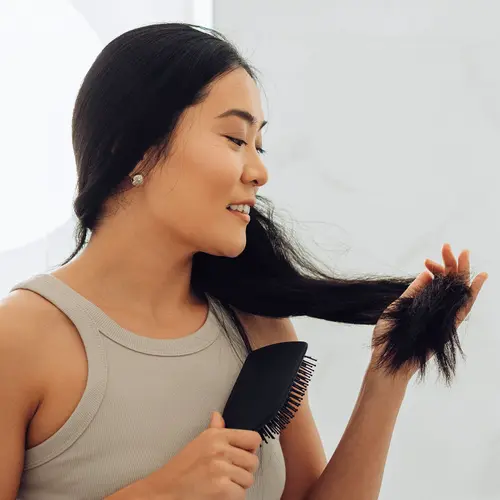Women all around the world call attention to their eyes by adding color to their upper and lower eyelids. But how much do you really know about eye shadow?
In ancient Greece, eye shadow was known as fucus, and Greek women wore shades of green and blue made from gem stones like lapis lazuli and malachite. From there, the custom spread throughout the world and down through history. Today, eye shadow is still a key element in a woman's makeup kit.
The more you know about eye shadow and how to wear it, the more reward you'll get from this essential beauty enhancer.
Eye Shadow Ingredients
Eye shadow formulations start with a base filler. Cosmetics chemist Jane Hollenberg says cosmetic-grade talc or mica is a primary filler ingredient. But some formulas use kaolin clay.
Binders are used to ensure the powder adheres to your skin. The most common binders are derivatives of zinc or magnesium. In addition to pigment, some manufacturers add silica, nylon, dimethicone, boron nitride (a ceramic material), or bismuth oxychloride for “slip” so the powder will slide more easily over the lid. A bit of preservative like glycol (a type of alcohol) or tocopherol (a form of vitamin E) helps prevent bacterial growth.
The big difference between a cream and a powder shadow is the waxes and oils used in the base. Beeswax, castor oil, jojoba oil, shea butter, and silicone are among the ingredients used for liquefying a standard shadow. Once the wax or oil dries, the pigment tends to wear longer due to the way the ingredients bond with the skin.
Before you pack your favorite shadow, consider which are more likely to crumble in your bag. Frosted shades, violets, and blues are difficult to compress into cakes and break more easily. Matte shadows are more likely to hold together.
Irritating Eye Shadows
Do some eye shadows irritate your skin? Large particles in shadow that can cause abrasion are the most common culprits, Hollenberg says. Stay away from glittery shadows if you have any sensitivity.
How to Apply Eye Shadow Correctly
Napoleon Perdis, celebrity makeup artist and creator of NP Set cosmetics, offers this secret for shadow application: Always apply your mascara first. To minimize the mess of shadow application, use a firm, small brush rather than a fluffy brush. The stiffer bristles help keep color in place.


